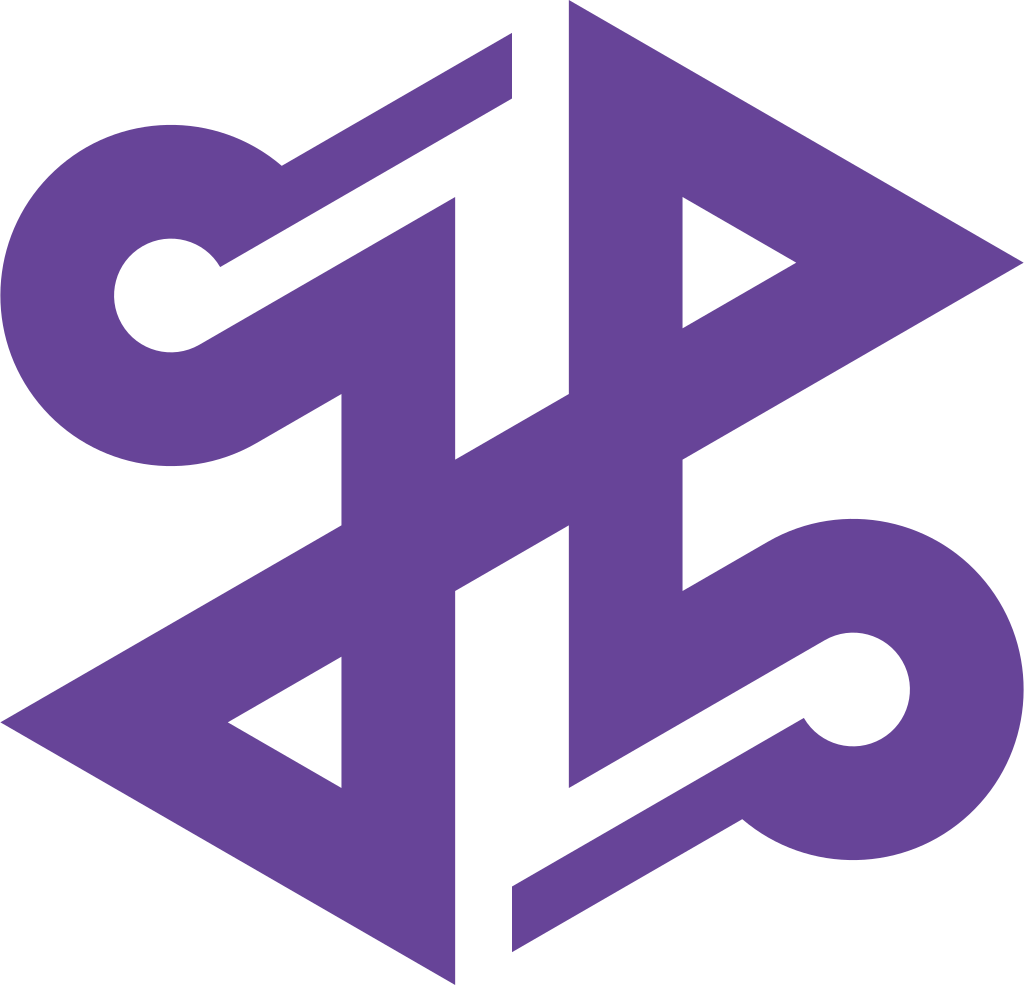Skyscraper-laden Shinjuku has benefitted from having been the least devastated part of Tokyo in the 1923 Great Kanto Earthquake, and its status as the busiest transit hub in the world means that it has formed a thriving, unmatched entertainment district. Unfortunately, this has also made it a visible target for acts of terrorism and crime.
Unbeknownst to its living inhabitants, Shinjuku is also the home to the mortal side of the Ministry of the Hereafter [来世省], and is frequented by agents of the the Departed Spirit Inspection Agency [死霊調査庁] as both ghosts, and in temporary pseudo-living bodies.

Asai Narumi, DSIA Senior Medical Officer
Brand, Boston DSIA Field Agent Investigative Division Chief
Fey, Mia, DSIA Legal Affairs Section Chief
Hayes, Greta / Secret, DSIA Investigator Trainee
Kotetsu Isane, DSIA Medical Director
Kuchiki Rukia, DSIA Field Agent Section Chief
Kurosaki Ichigō, DSIA Senior Special Investigator
Kuwabara Kazuma, DSIA Senior Special Investigator
Madarame Ikkaku, DSIA Field Agent Hazardous Entity Division Chief
Masaki Kiyone, DSIA Senior Clerk
Paine, Edwin "Eddie", DSIA Investigator Trainee
Rowland, Charles "Chuck", DSIA Investigator Trainee
Suì-Fēng / Soifon, DSIA Director of Internal Affairs
Tendō Yogiri, DSIA Clerk
Urameshi Yūsuke, DSIA Special Investigator In Charge
Kabuki-chō: the most famous red light district in Tokyo, the official name might have come from never-realized plans for a Kabuki theater, but in contemporary consciousness it's the Sleepless Town [眠らない街]. Outside of its raunchy reputation (and history of being built on a swamp), Kabuki-chō is home to a large number of movie theaters, as well as the narrow alleys and countless tiny bars of Shinjuku Golden Gai, making it a strong draw for tourism dollars from continental east Asia.
Ministry of the Hereafter, Japan Branch: administered by Death herself, the Raise-Shō extends through local branches into an extradimensional space between the world of the living and the realm of the dead. Due to the connection between the Japan Branch entrances and elsewhere, agents frequently visit from the Western US Branch (based in Colma outside of San Francisco), Eastern US Branch (based in St. Roch, Louisiana), United Kingdom Branch (Glasgow), and China Branch (Chóngqìng), further contributing to the presence of foreigners.
Shinjuku Gyo-en: a sprawling national park and gardens, the Imperial Garden is home to twenty thousand trees, and its diversity of 1500 cherry trees makes it a popular sight for cherry blossom viewing from the end of March into late April. During the hanami and chrysanthemum-viewing seasons, the park is open seven days a week.
Shinjuku Ni-Chōme: the Second District, sometimes known simply as Nichō and famous for having the world's highest concentration of gay and lesbian bars, Ni-Chōme positions itself as the LGBT+ capitol of Tokyo. Records of gay businesses in the district date back to the late Forties, and the district has been the center of Tokyo's Rainbow Festival, Pride Parade, and International Gay & Lesbian Film Festival, making Nichō a synonym for Pride.
Shinjuku Station: serving close to 4 million passengers per day, its status as the world's busiest railway station makes it central to transit in and beyond Tokyo. If it moves in the Tokyo metropolis, it passes through Shinjuku station. Due to its great size, the station is actually partially in the neighboring ward of Shibuya.